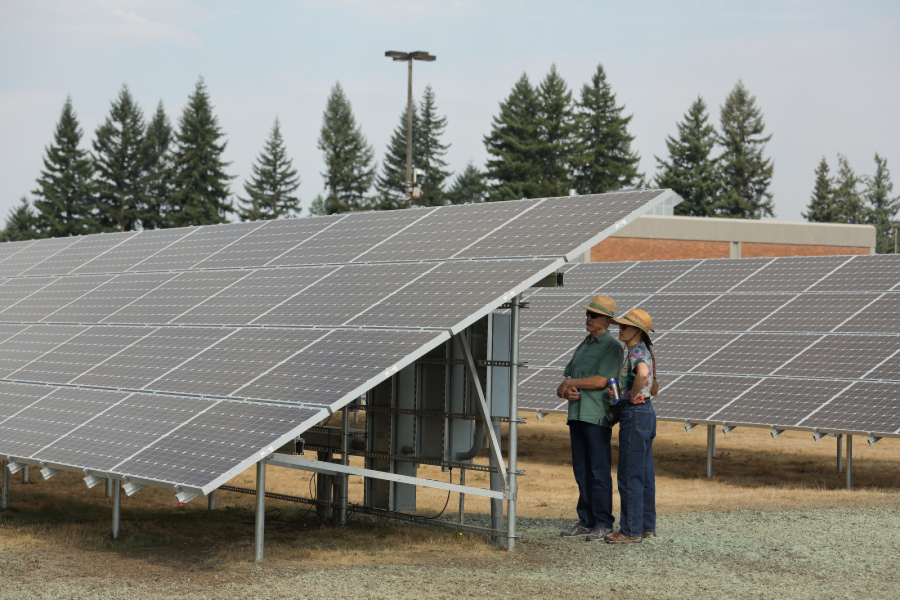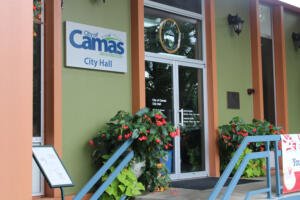Camas officials are considering joining an interlocal agreement (ILA) that could lead to cooperative climate change planning throughout Clark County.
Camas Community Development Director Alan Peters explained to Camas City Council members earlier this month that the city will need to join other jurisdictions across Washington state in meeting the goals of House Bill 1181, which calls for Washington government entities to, according to Peters, “plan for climate change impacts as part of their comprehensive planning processes.”
Such planning, Peters told Camas Council members during their Nov. 6 workshop, also require governments to include “sub-elements” in their comprehensive plans that address plans to reduce greenhouse gases and to become more resilient in the face of expected climate-change disasters such as flooding, drought, wildfires and heat waves.
The city of Camas is just beginning its required comprehensive plan update, and has received a $500,000 state grant to address the climate change requirements in its new comprehensive plan and to implement future climate-related policies, Peters said.
Joining the ILA with Clark County, Battle Ground, La Center, Ridgefield, Washougal and Yacolt for cooperative climate planning, Peters said, would allow Camas to better identify its greenhouse gas sources, as well as its risk from climate change.





